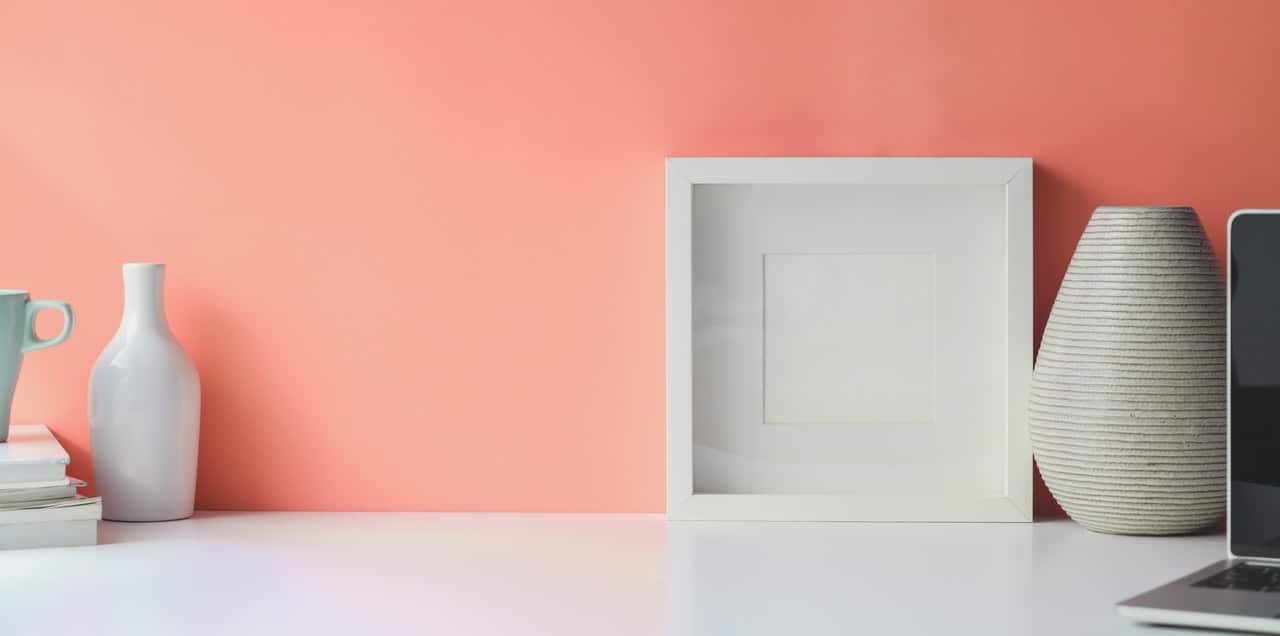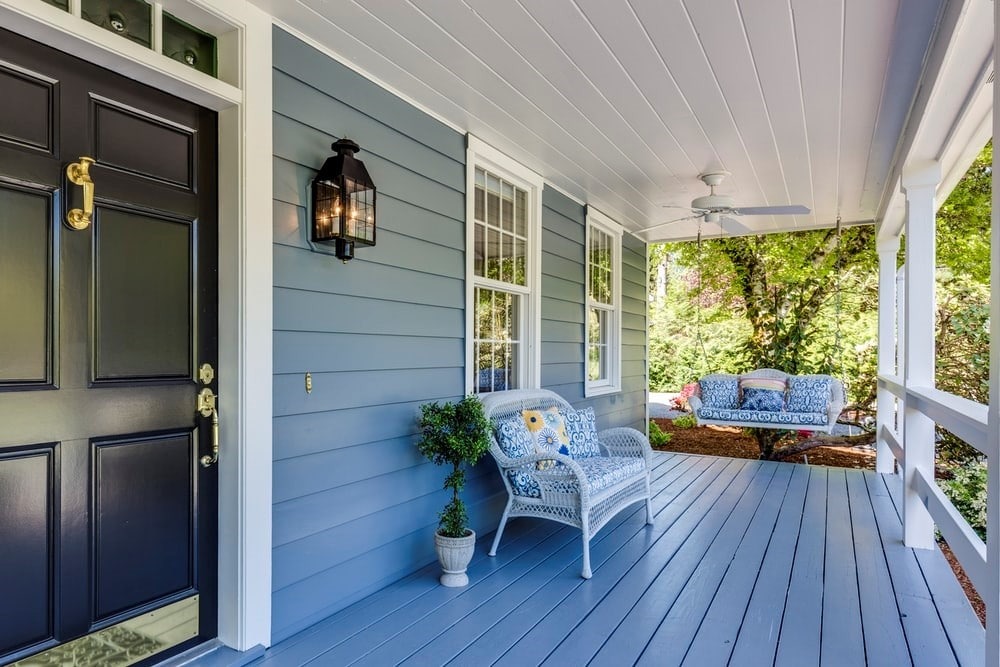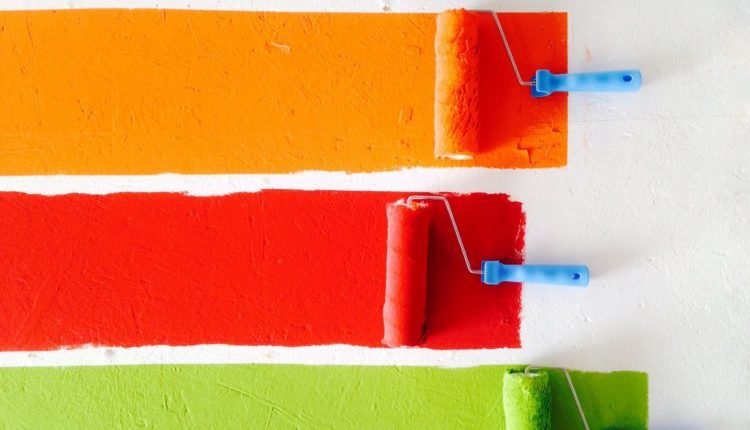Learn to paint your home interior like a pro with Newline Painting’s expert advice!
Painting your home interior adds colour and character to a room and makes it easier for you to decorate it. A fresh coat of paint can add a new lease of life to an outdated room or even create an entirely new look.
Paints are not just beautiful improvements to the home they are excellent for covering up cracks and imperfections. A newly painted house will also fetch a higher price in the property market than an unpainted one as advised by real estate experts
Our Local Agent.
Painting your home may seem daunting but if you know what to do, this project can be fun and extremely rewarding. Let’s go through How To Paint Your Home with Newline Painting.
How to choose the right paint
Before you start your house painting project, do your research, work out your budget and the amount of time you have for painting. You also need to evaluate the room you want to paint. Some of the important factors you must consider include:
- The location of the room
- The size of the room
- The amount of light (natural or artificial)
- The purpose of the room
These factors can influence things like the sheen (or finish), and colour you choose.
1. Water-based vs oil-based paints
| |
Water-based paint |
Solvent-based paint |
| General properties |
Non-flammable
Low odour
Low VOC *
Takes 20-30 minutes to dry
Can be recoated after 2 hours
Clean-up with water |
Flammable solvents
Strong odour
High VOC
Takes 6-8 hours to dry
Can be recoated after 16 hours
Clean up with turpentine |
| Interior use properties |
Non-yellowing
Available in high gloss and semi-gloss
Produces a flat, chalky finish
Wide range of colours
Not suitable for high-traffic areas
Not suitable for window and door frames |
May yellow in the absence of UV
Available in high gloss and semi-gloss
Produces a shiny, glossy finish
Wide range of colours
Suitable for high-traffic areas
Suitable for window and door frames |
2. How to choose the paint finish
House interior paint comes in different finishes. Which finish you choose depends on the room or space you want to paint. When choosing a paint, the most important thing you need to know is that the higher the gloss, the more washable the paint.
Different paint manufacturers may use different terms to describe their range of finishes. We’ve grouped them to make it easier for you to choose.
Matte/Flat finish is a water-based emulsion that has a flat chalky look. Matte paints are excellent for covering wall imperfections, cracks, and uneven surfaces. These finishes generally are not washable so it’s a good idea to keep some spare paint on hand in case you need to touch up smudges and scuff marks.
Matte finish is suitable for ceilings and low-traffic areas like a study.
Eggshell is similar to matte but with a slight sheen. When the paint is dried it resembles the slight sheen of an egg. Eggshell paint is more washable than matte. Eggshell finish is suitable for walls.
Satin finish is also known as velvet finish. It is the glossiest finish and can be lightly scrubbed and washed. Satin finishes are suitable for high-traffic areas like hallways, living areas, kitchens, and bedrooms.
Satin paints can also be used for doors, windows, trims, and ceilings. Be sure to choose the
best roller so you get a perfect result.
Semi-gloss finish has a glossy shine. The glossy appearance reflects light and any flaws in the wall will become visible in the light, so surfaces have to be prepared before painting. Semi-gloss paints are easy to maintain and clean. Semi-gloss paints are normally used for bathrooms, kitchens, doors, windows, and trims.
High-gloss finish has a high reflective quality. Like semi-gloss paints, the surfaces will have to be prepared before painting. High-gloss paints are suitable for kitchen cabinets, windows, doors, and trims.
3. How to choose the paint colour
Choosing the right colour paint can be overwhelming or it can be fun. We prefer to make it fun so here are some tips to help you find the right colour and shade to turn your home into the dream home you’ve always wanted.
One of the easiest ways to choose the best interior paint for your home is to start with choosing the colours you love. If you are not intending to paint the house to sell you want to create an atmosphere that is as liveable and enjoyable as possible for you.
Here are some simple tips to find your favourite colour:

Colour properties
- Your wardrobe – The colours you choose to wear speak a lot about what appeals to you.
- Look around your home – Your favourite colour(s) are evident in your home décor. Your favourite colour will pop up as an impulse buy. Here are some Popular Colour Combinations to consider.
- Look at your social posts – Your photographs will reveal your favourite colours. Are you partial to warm colours or cool calm tones?
Colours and textures can change the mood and atmosphere of a room. Understanding colour properties can help you choose the right paint for your home.
Here are some things about colours:
Temperature can turn up or tone down a room. Colours are divided into two large groups – warm and cool. Ask yourself a simple question: Do I want the room to be a quiet, relaxing space? Or do I want it to be a vibrant hive of activity?
Warm colours like reds, orange and yellows draw attention and focus to the room. Warm colours make a small room smaller. They look good in rooms that are southern facing where their brightness does not overpower.
Cool colours like blues and greens, on the other hand, are softer on the eye and evokes a cool and relaxing vibe. The level of coolness depends on the intensity of the colours. Cool colours make a room appear more spacious and are suitable for sunny-lit north-facing rooms.
Intensity is the brightness (or dullness) of a colour. Less intense colours like blues and greens are easier to live with. Intense colours (like bright red or black) are usually used as highlights and contrasts.
Hue is just another term to describe colour. Primary colours are red, blue, and yellow. Secondary colours mix two primary colours (for example, yellow and blue to form green) or tertiary colours (i.e. a combination of primary and secondary colours. For example, green with blue to form aquamarine).
Tint is a pure colour with white added. The new colour is lighter than its original.
Tone is pure colour with grey added. The new colour is softer than its original.
Chroma means colourful or bright. Chroma colours are bold and can make a room pop. The best way to use chroma is on feature walls and doors.
Helpful tips for choosing a colour
Colour adds personality to a room. Here are some simple tricks to make choosing a colour simple and fun:
- Start from the floor up – Your flooring can influence the choice of colour(s). It also affects the textures, tones, accents, and interior design theme of the room. Once you have chosen your flooring, you can complement it with the right fabrics, curtains, furniture, tiling, rugs, paintwork, and other styling elements.
- Consider your furniture – Wall colour should complement your furniture. A wooden table with warm tones pairs well with earthy shades, while a dark table contrasts nicely with lighter walls.
- Look at the ceiling – Traditional white is a popular choice for ceilings. Matte finish works better on ceilings because they are easier to achieve a seamless and smooth look. Dark paint on ceilings can make a room feel enclosed.
- Create a seamless look – The best way to achieve flow is to have the walls painted in a common colour. If you want to have a feature wall, then make sure that the colour matches the tone in other walls. Paint one wall in the house first and build the colour scheme gradually.
- Use white for skirting – White enamel is a good choice for skirting. If you are using a light colour for walls, you can use the same colour for the skirting as well.
Curious about what each colour can mean and how it can affect you? Read this:
10 Room Colour Meanings and How it Affects You

Where to find colour inspiration
The internet has a plethora of information to help you kickstart your home painting project. Browsing room vignettes and researching different design themes on online magazines, blogs, Instagram, and Pinterest can help you narrow down your search to find the perfect colours for your dream home.
Here are some examples of what you can find on the internet:
Dulux has collaborated with Interior Designer Lucy Feagins to bring the latest colour trends to your home. Check out Lucy’s advice
here.
Haymes’ Colour Library is a wonderful resource to help you find the colour palette for your home. Their latest edition includes three sustainable colours: equilibrium, homegrown and positive light. Read all the tips
here.
Taubmans’ latest style guide includes Coastal and Industrial. Find out how to get the look
here.
Resene’s Find-A-Colour is an interactive colour wheel that can help you find the perfect colour for your home. Check out the colour wheel
here.
Elledecor’s has a range of articles with expert advice on house painting. Read the article
here.
BHG’s Decorating tips is a go-to-site for valuable interior design advice. Read some of their articles
here.
Wattyl’s’ Colour Cues Videos are short, easy to follow videos covers all topics about colours. Wavtch the series
here.
Hire Newline Painting For Your Interior Painting Needs
Should you decide that
painting your home interior is something you cannot do on your own, hiring a
Melbourne house painting expert is your next best option. From painting your
cabinets and your
feature wall to painting your
entire apartment, you can rely on us to get the job done! Our coverage area includes
Preston,
Richmond,
Ringwood, and
South Melbourne among many others.
Here’s
How to Choose the Right Painter for Your Home or Commercial Property.











